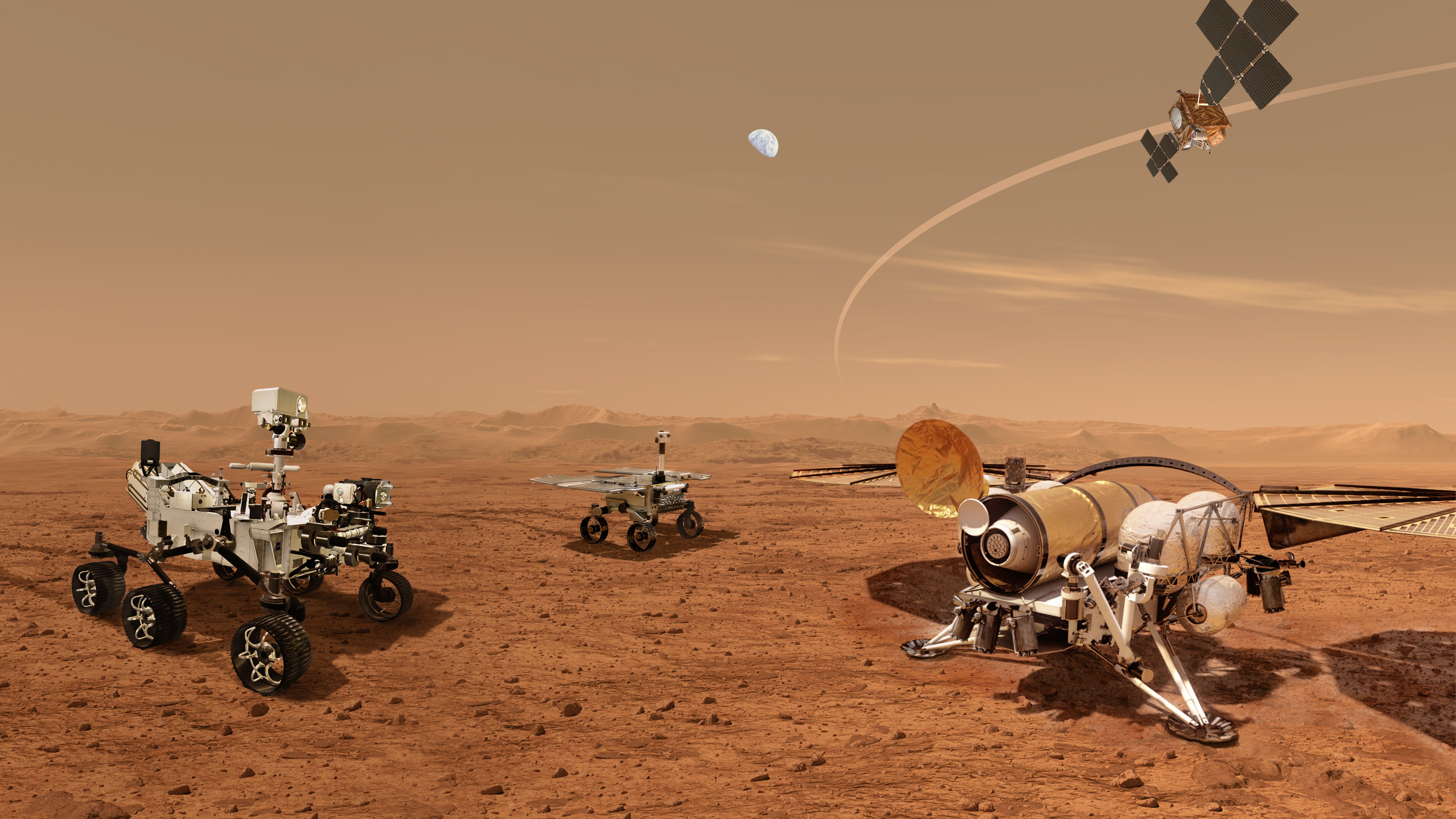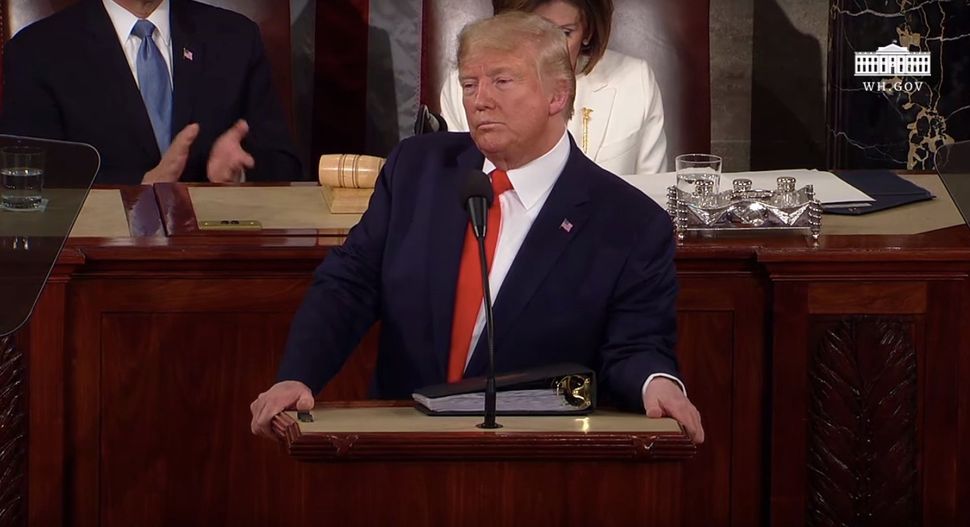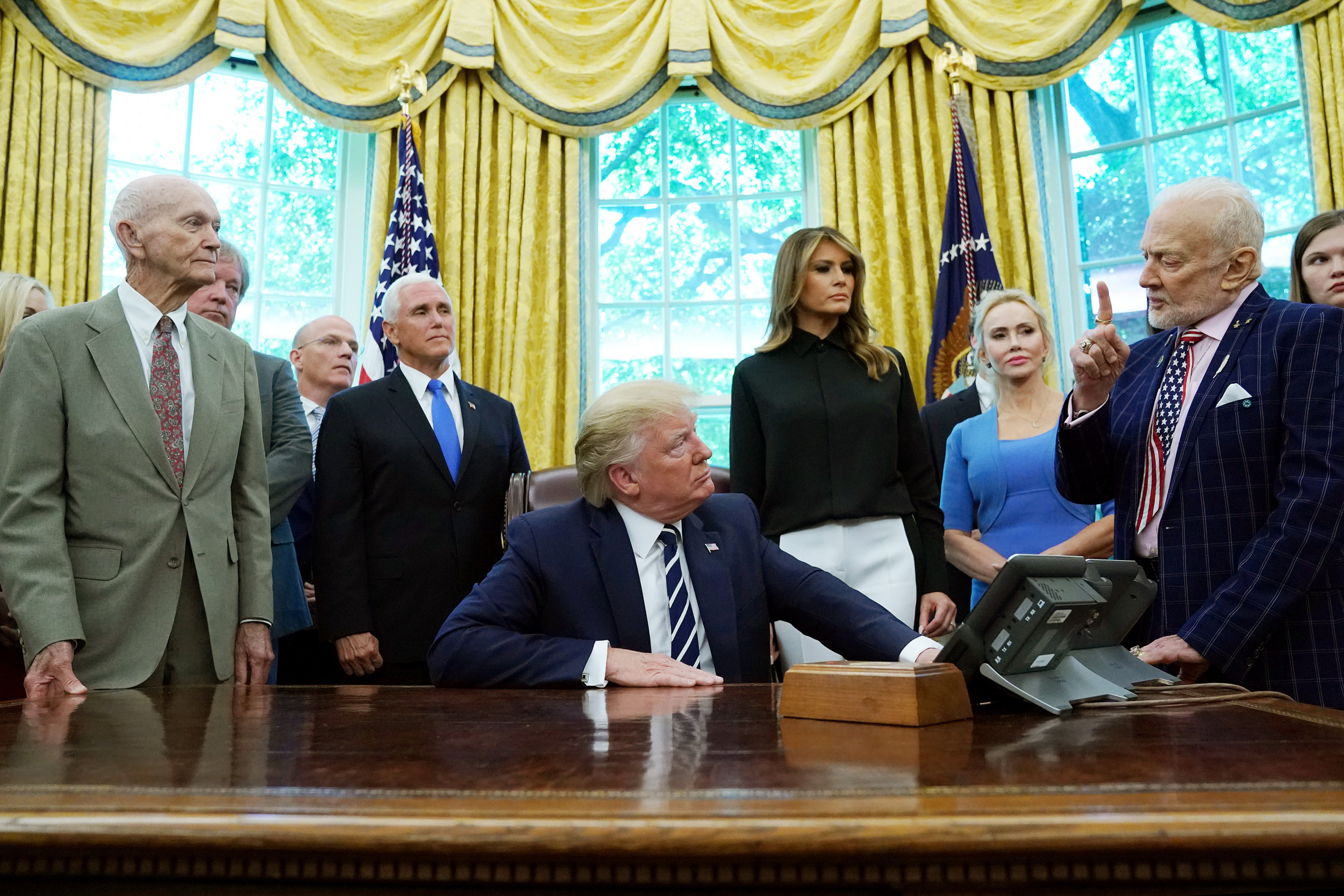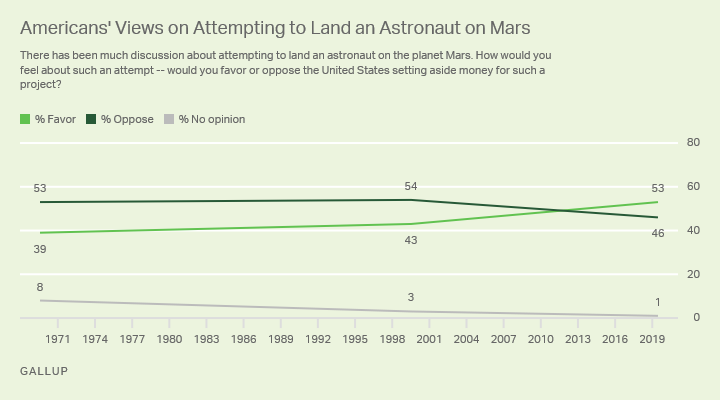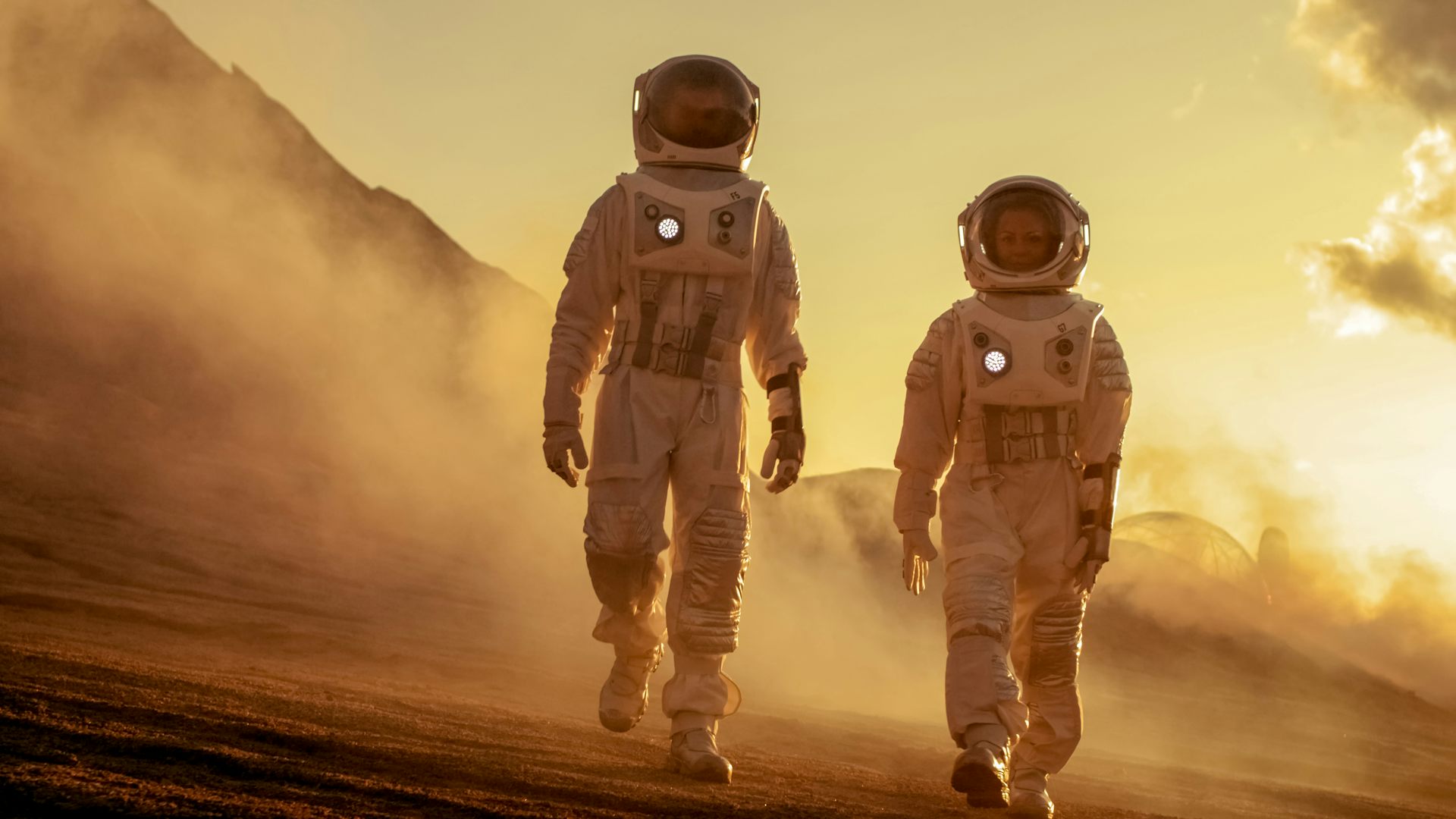
Artist’s concept of a Mars sample return mission, including a U.S.-built Mars Ascent Vehicle (left), a European-built Earth Return Orbiter (center), and a NASA-provided Earth Entry Vehicle (right). Credit: ESA/ATG medialab
After crystallizing a partnership to retrieve samples from the surface of Mars and return them to Earth, NASA and European Space Agency officials are seeking government funding commitments before the end of this year to carry out a multibillion-dollar robotic mission that could depart Earth with a pair of rocket launches as soon as 2026.
The Mars sample return mission, if approved, would pick up rock and soil samples collected by NASA’s Mars 2020 rover set for launch next year. The specimens would come back to Earth for detailed analysis in terrestrial laboratories, yielding results that scientists say will paint a far clearer picture of the Martian environment — today and in ancient times — than possible with one-way robotic missions.
A preliminary signal of support came earlier this year came in the White House’s fiscal year 2020 budget request, which proposed $109 million for NASA to work on future Mars missions, including a sample return. That’s after NASA received $50 million to study the sample return effort in 2019.
“The 2020 budget, the president’s recommended budget, included Mars sample return as a recommendation that we begin working on,” said Lori Glaze, director of NASA’s planetary science division, in a presentation Sept. 10 to the National Academies’ Committee on Astrobiology and Planetary Sciences. “We don’t know the status of that through congressional funding yet because we don’t have an appropriations bill yet, but we’re hopeful that there will be some appropriations there so we can move out on this activity.”
NASA unveiled a strategy to pursue a “lean” lower-cost Mars sample return mission in 2017, a plan Glaze said would allow scientists to get their hands on fresh samples from the Martian surface as soon as possible.
But even a lean Mars sample return mission will cost billions of dollars.
